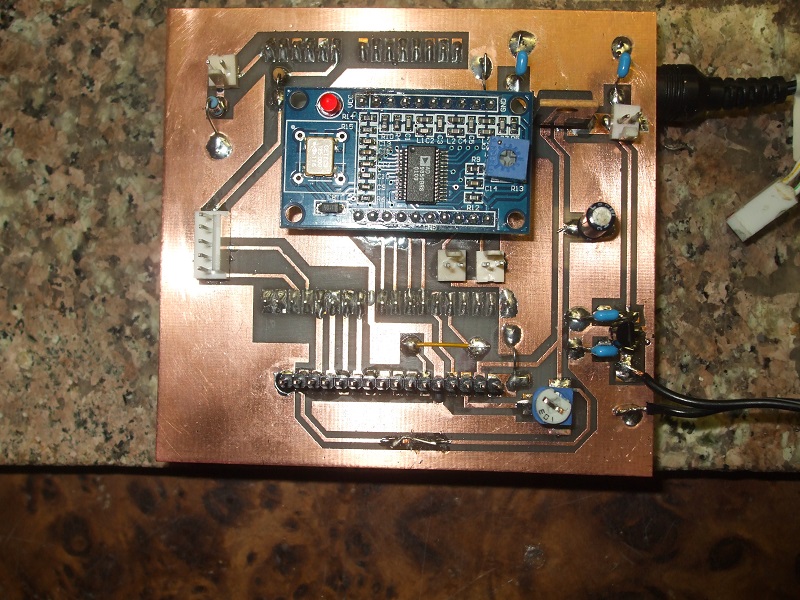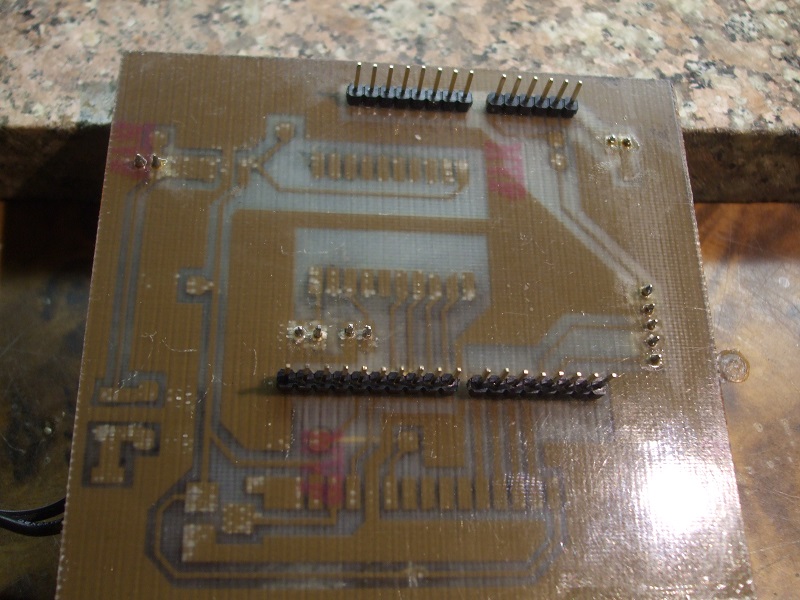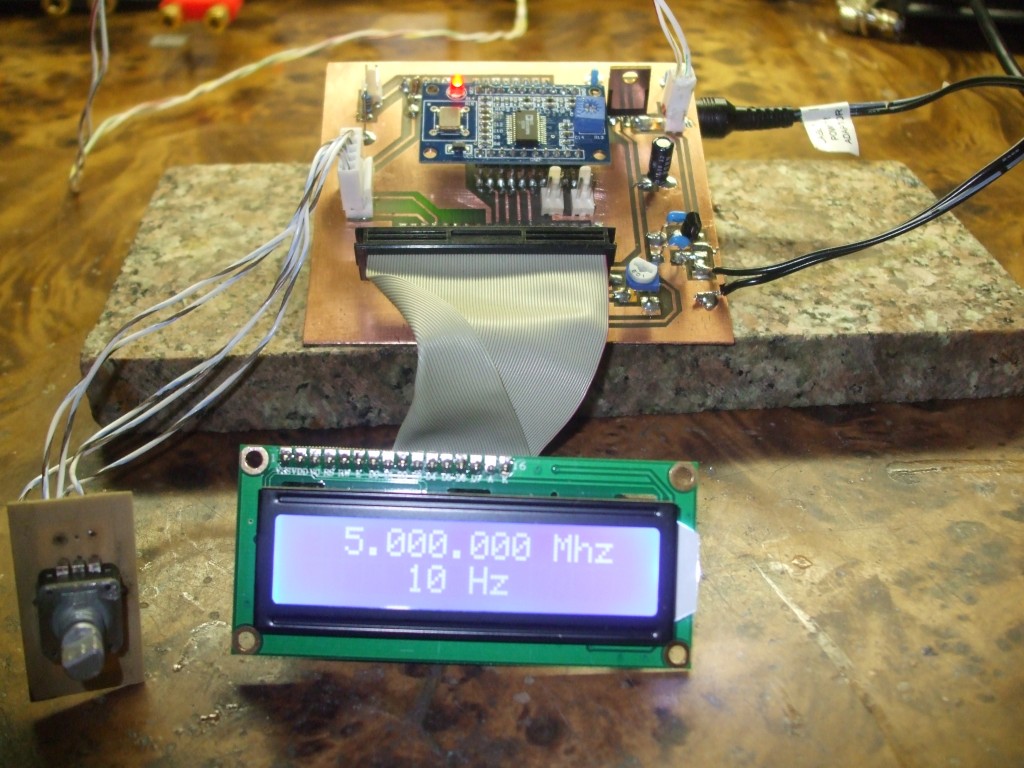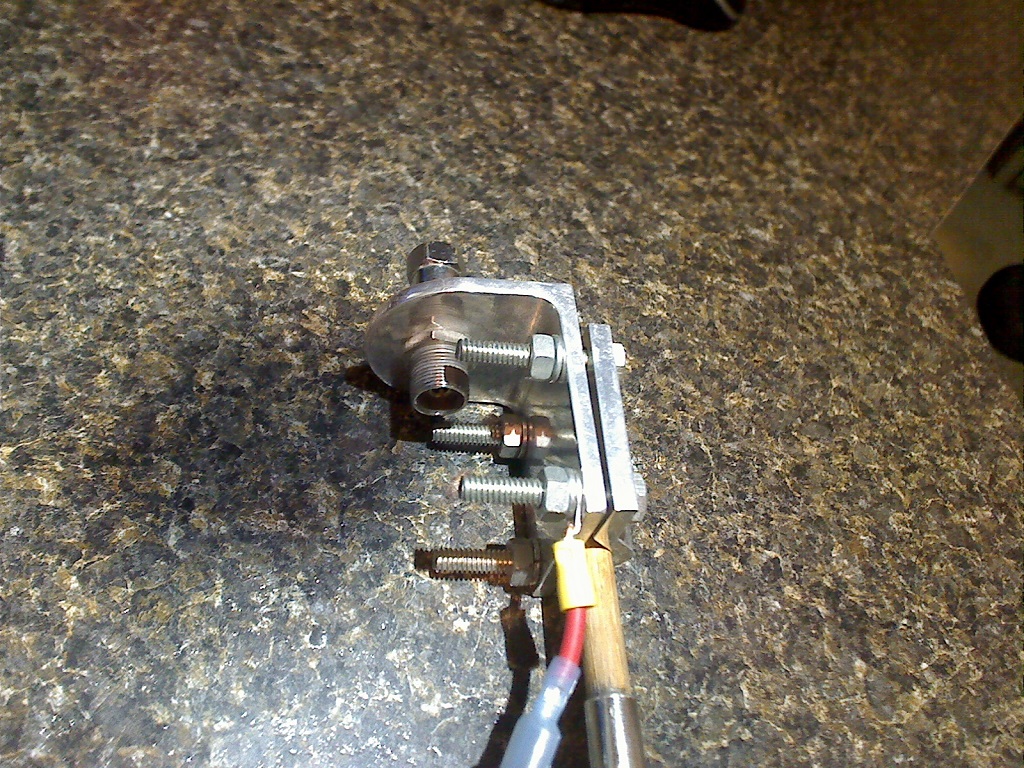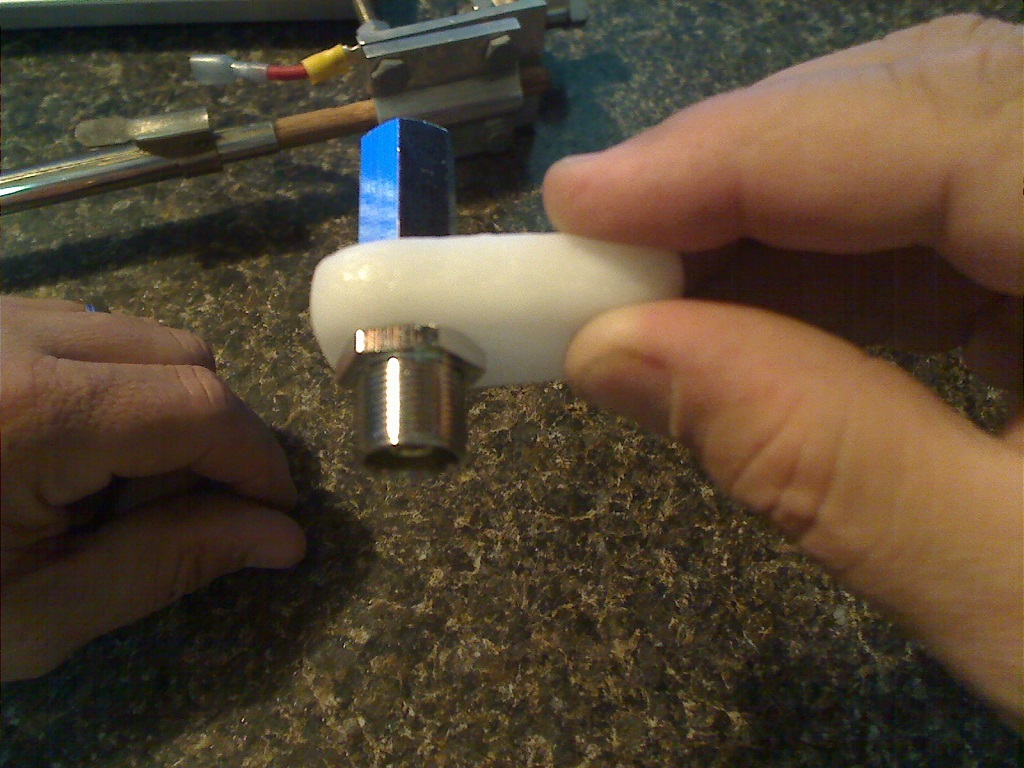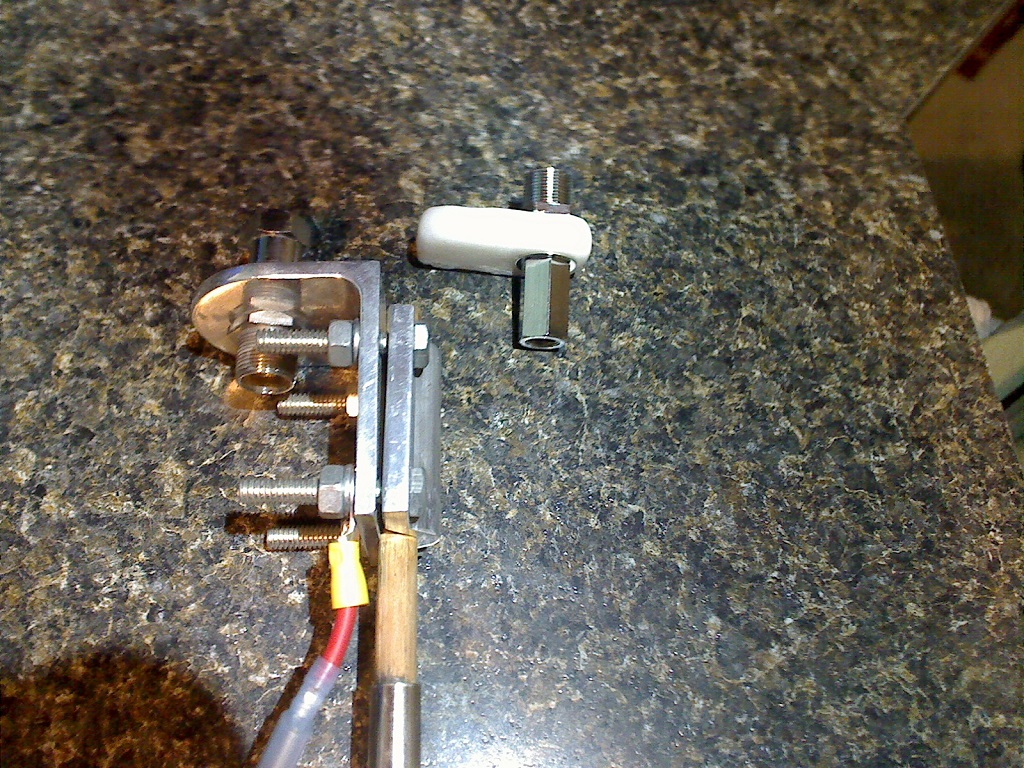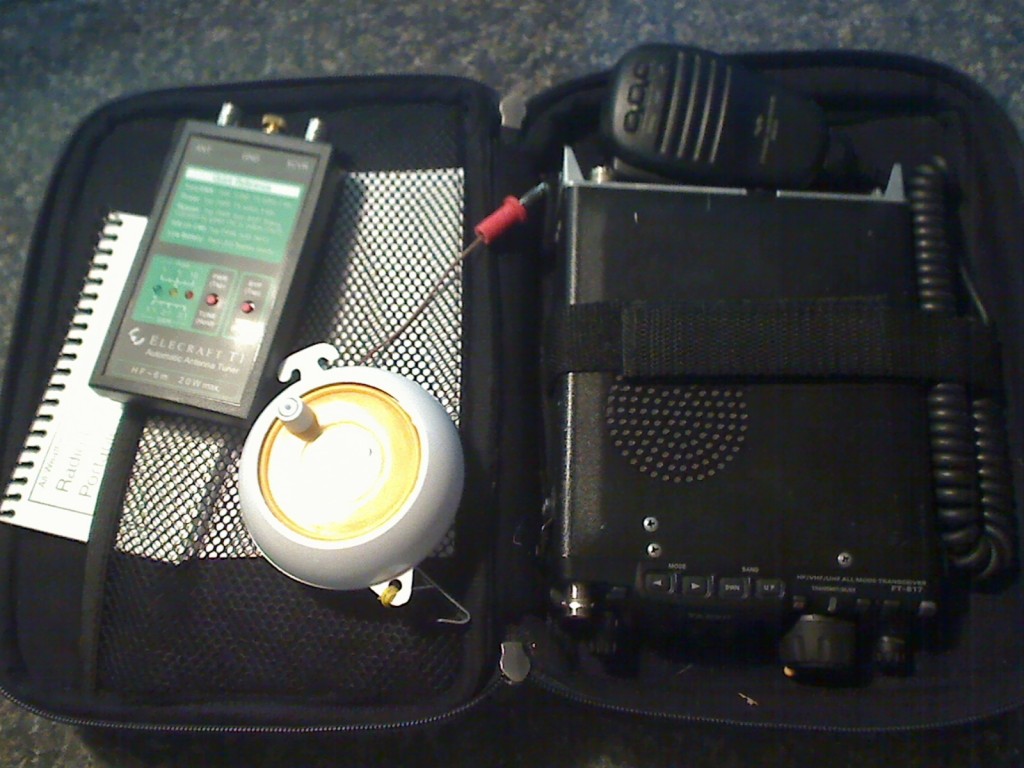I live in an HOA. While I’ll not argue the pro’s and con’s of living in an HOA, it’s been a struggle to get any kind of HF antenna installed. However, I came up with a great solution.
In my backyard about 75 feet away from my shack I have a 31′ vertical antenna and it has been my go-to antenna for HF. It’s 31′ of telescopic fiberglass, ground mounted, with a a 14g stranded copper wire down the middle for the antenna. At the base of the antenna at the mounting point I have an 8′ ground rod driven into the great (not so much) Phoenix soil and about twenty buried ground radials of various lengths. With the vertical and the ground radials I get a resonant match on 40 meters (7.150 Mhz) and SWR < 1.5 across most of the band. I added a 200W remote antenna tuner at the base and with the tuner I can operate 80-10 meters with SWR < 1.7 in most cases. It's a great antenna and it has served me well for many years.
Now the bad part. Every so often the antenna tuner would die. And most every time I was not operating when it did. It would work great one day and then not work the next day when I tried to tune. In Phoenix, 115F temps in the summer are common. The tuners I run are in a black case and back all day in the hot sun so for years I figured that exposure just wore them out and there was little I could do. I even put a fake rock over one but it still died. So I switched to another vendor's tuner and it died after a while as well. Again, I just thought it was the heat and it always seemed to die in the summer months.
As you can guess, replacing a $300-$400 tuner every year was not going to continue. While thinking of creative ways to cool the tuner one summer day I went to plug the disconnected antenna wire into the tuner feed point. When I grabbed the antenna wire I got a nice electric "zap".
Ah Ha! You see, Phoenix is a dry. For a majority of months, humidity is non-existent. And on the days when it's hot, and dry, it's also windy. The easiest way to experience Phoenix heat/dryness would be to point a blow dryer at your face all day. Heat + dry + wind also provides the perfect conditions for static electricity. If you take a fiberglass antenna, put a plastic coated copper wire inside, and then on a dry day let the wind shake it all around... you've basically got a static generating machine. The little microcontroller and electronics in my antenna tuners never had a chance.
But how do you fix static? In my case, you can't. But I can stop it from building up to electronic "killer" levels. You just need something to divert the static to ground AND not the antenna setup. We'll some research lead me to two options. 1) A DC shunt to ground such as a RF choke or 2) a high value resistor.
RF chokes work great. The provide a great DC path to ground and are fairly immune to any high voltage. The problem is that they typically work at only one frequency. That doesn't do any good when I have a multiband antenna. I could wind a very high choke on the order of 10uH or more but I discovered that upon doing so it became resonant at certain band segments. Changing the winding caused the resonance to change but when I cured one band, it hurt another. It would have been possible to do a custom winding with special spacing and get it to work on all the amateur bands but I don't have the time nor the patience to figure that one out. Too complicated.
So a resistor it is. Static is mostly a voltage component. There is very little current. So a resistor high in Ohms can be used. Something on the 1M Ohm or higher scale works. It has to be RF friendly so no wire-wound resistors. I started to some searching and ran into an article by AD5X Phil Salas, who also has similar static problems. Following Phil’s suggestion a thin metal film resistors is what I needed. They are RF friendly, have high voltage values (important as static is high voltage), and come in mega ohm values. After some searching I found a 5 mega-ohm 10kV 3W resistor that is perfect for the job. I also found some 50 mega-ohm 14kV 3W resistors as well. Following Phil’s advice I can run 2 of the 5Mohm resistors in series for 10Mohms or 4 of the 50Mohms in parallel to get around 12Mohms.
So I have installed a shunt-to-ground from the antenna terminal to my ground rod using the 4 parallel resistors (my choice) for 12Mohm 14KV 3W of static bleed. I’ll report back after they have run through a Phoenix summer and had some static torture.
73 !

